S.G.V., 1911, Model B Runabout
S.G.V. “Model B Runabout", 1911
The car in the Museo Nicolis is a 1911 S.G.V. Model B with Lancia mechanicals.
The S.G.V. Company was an American company based in Reading, Pennsylvania (USA), founded as an evolution of the ACME Motor Car Company. The latter distinguished itself for the production of high-quality cars, recognized for their excellence and excellent reputation, although characterized by high costs. It could be defined as a real factory and not a simple assembly plant typical of the period.
To understand the link with Italy, it is important to remember that ACME acquired a Lancia from C.H. Tangeman, E.R. Hollander's business partner in the New York-based company Hol-Tan, which became Lancia's distributor for America in late 1908. ACME studied the engineering characteristics of the Lancia 12-15HP (i.e. Beta) and decided to apply them with minor improvements to the S.G.V. car.
In 1911, the year of the Nicolis Museum car, ACME came under new management called S.G.V., an acronym for the names of its new managers: Herbert M. Sternbergh, Robert E. Graham and Fred Van Tine. The new management brought with it important innovations. The 1911 S.G.V. Model A and later Model B were technically almost identical to the Italian Lancia Beta and used several original Lancia components, including the front axle, suspension, transmission and of course the engine.
At this time, the overseas car market aimed to capitalise on the excellent reputation of European vehicles. In fact, SGV imported components directly from Lancia (or its suppliers) to adapt them to its own standards and then sold its cars with American bodywork.
In this context, the S.G.V. was strategically advertised in New York as the ‘American Lancia’. An official company catalogue stated bluntly: ‘We frankly recognise our debt to foreign manufacturers, as the design features of our car are inspired by the best known European manufacturers, to which we have added our own improvements.’
The Museo Nicolis model is a genuine gem from 1911, the year in which the refined and dynamic Belle Époque was drawing to a close. This vehicle has a runabout-type bodywork, particularly in vogue at the beginning of the 20th century, which can be considered the ancestor of the modern spyder. Among its most interesting features is the dual accelerator, which can be operated either by pedal or manually from the steering wheel. The car is also equipped with impressive acetylene gas headlights and a mechanical speedometer, positioned on the right front wheel. An elegant, removable clock stands out on the dashboard, inside which the word ‘Automobile’ is engraved.
Luciano Nicolis used to say: ‘The watch has long been a symbolic element of cars, representing the highest mechanical precision of the time. It was believed that an efficient car had to function with the same precision as a watch, which is why a prestigious car was always accompanied by an equally refined watch'.
Luciano Nicolis used to say: “This is an SGV, with Lancia frame and American body. This oddity is probably due to the custom duties of the time, very high for cars. In this way, it was possible to save money. At the time buying the chassis and engine from a car company was a common thing at the time, the nit was shipped abroad and put together there to pay fewer custom duties (see the history of Italian custom duties). The body fitted in America followed the styling of the time. The body was indeed quite modern and many cars were fitted with similar ones (see the Peking to Paris) …. Since it was a sports car that had to travel for many miles, it had a spare can. It already had the spare wheel with the rim attached, not just the tire as many others. There were two additional oil headlamps in the absence of acetylene. Acetylene headlamps were more powerful and were made with cut glass, so that the glass didn’t crack under the effect of heat. The 4-cylinder engine was quite large and was made in a single block, not twin block”.
Lancia - founded on 27 November 1906 in Turin by Vincenzo Lancia is one of Italy's oldest automobile manufacturers. It was established as a general partnership of Vincenzo Lancia and Claudio Fogolin under the name Lancia & C. The two had met at Fiat where they collaborated, Fogolin retiring in 1918. Vincenzo Lancia was already known for his sporting prowess behind the wheel of Fiat cars. Famous for his significant contribution to that day's and age's and the evolution of the car: his was the world's first patent for the Lancia Lambda's load-bearing body structure, replacing the spar frame typical of the carriages and cars built to the time. His second masterpiece was the Lancia Aprilia. The company distinguished itself in general by building prestige vehicles to the point of becoming a symbol of our country as a presidential representative car. In 1958 it was bought by Carlo Pesenti (Italcementi) who sold it to Fiat in 1969. Even today, Lancia is still one of the most prized marques among collectors worldwide.
NOTE: the manual reads: “Before starting the engine, put some oil in the specific oiler with faucet between flywheel and engine. In this way the oil pump starts to run and the oil pressure gauge works”. “The engine starts after half a crank turn” - “The gearbox has four speeds plus reverse gear”
Number plates - at the beginning of the 20th century even the vehicle number plates were fine craftsmanship, entirely enameled, they had a white background with two numbers in red representing the province and in black the number of the license attributed to the car (there were 69 provinces). The number ‘12’ on this car then corresponded to Brescia. From the second half of the 1920s, the initials of the province were adopted in Italy instead of the two red numbers, the background was black and the numbers white.
Shooting, L'Uomo VOGUE with Luciano Nicolis
Shooting, Calze Levante, Lancia Beta SGV
2004 Luciano Nicolis participated with this car to the "Settimana Motoristica Bresciana", watch the Video at min 03:10
2009 Montecarlo - Monaco Classic Week
2010 Settimana Motoristica Bresciana
2011 Settima Motoristica Bresciana
2016 the car won the 1° Prize in “Veteran aperta” category at the Concorso di Eleganza "Città di Mantova",
2016 the car participated to ASI, 50° anniversario
2013 the car participated to Operauto, Arena di Verona Event
2018 Poste Italiane chose this car for a philatelic postcard.
2020 Event, ASI, Historic Day
2024 The REB Concours

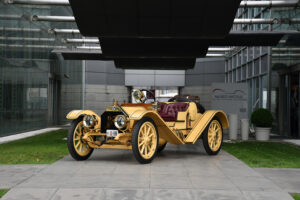
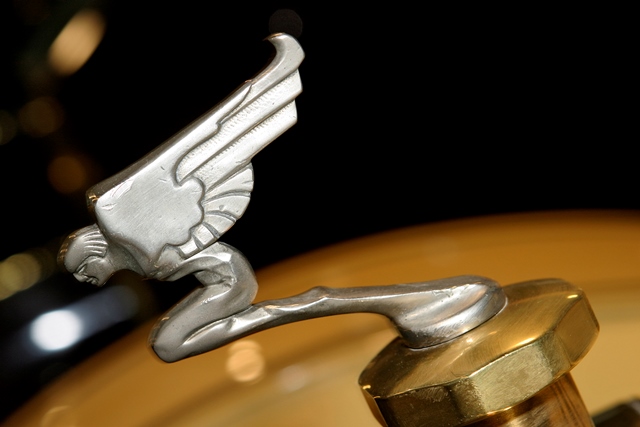
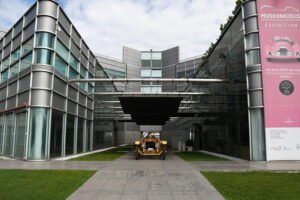
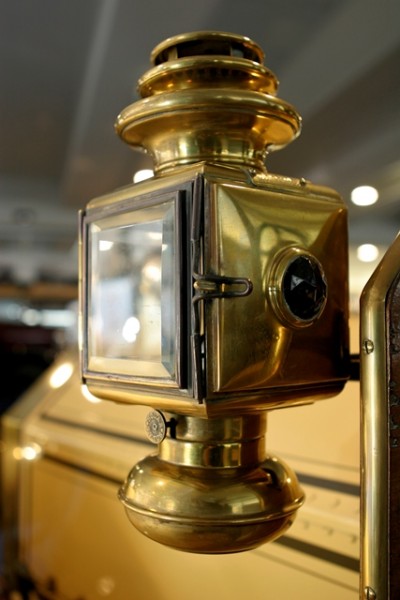
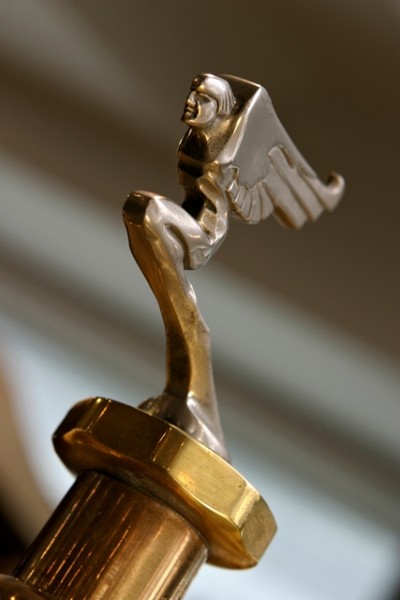
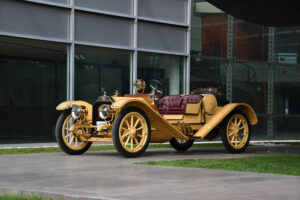
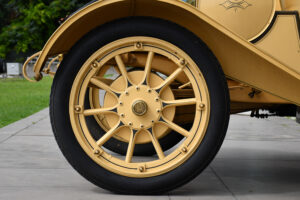
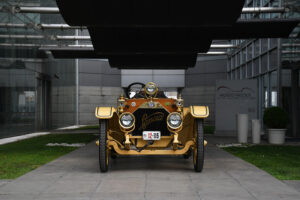
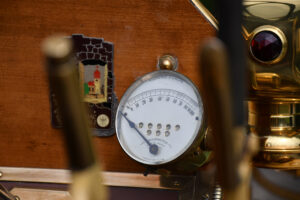
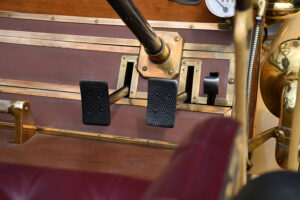
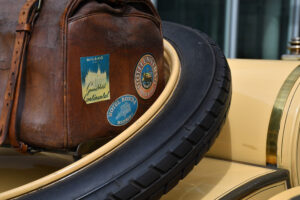
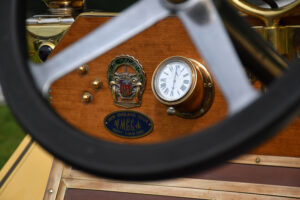
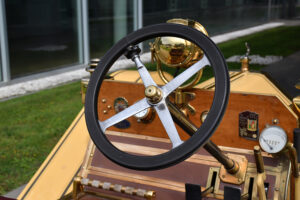
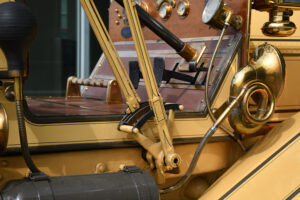
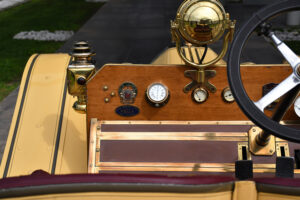
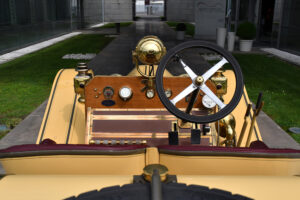
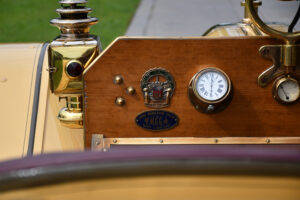
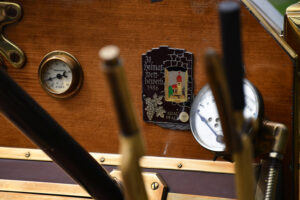
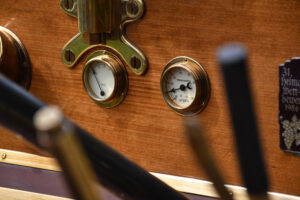
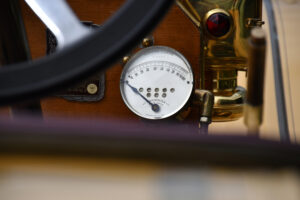
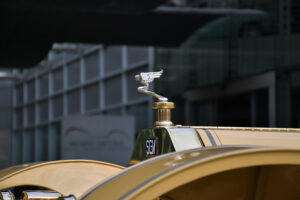
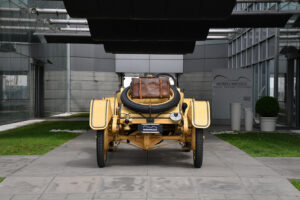
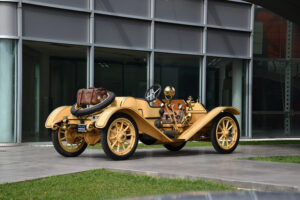
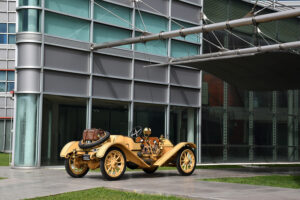
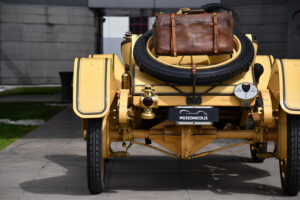
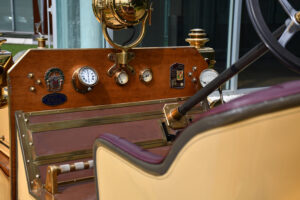
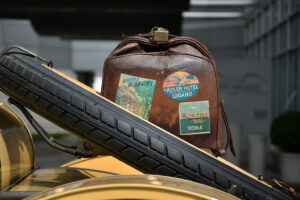
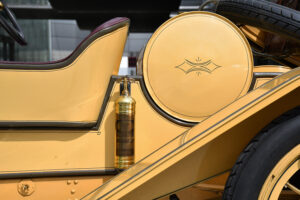
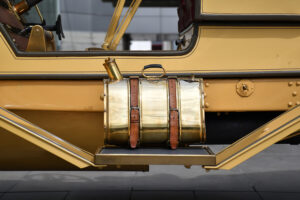
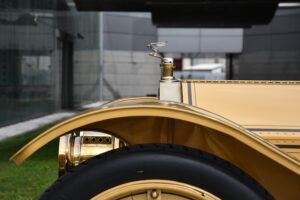
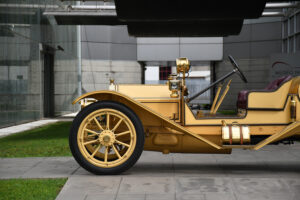
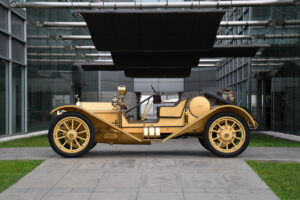
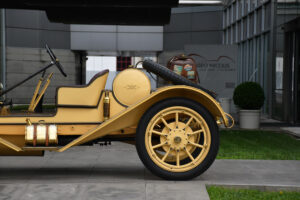
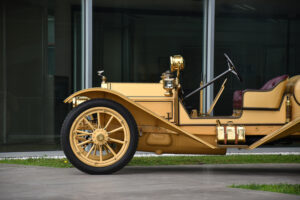
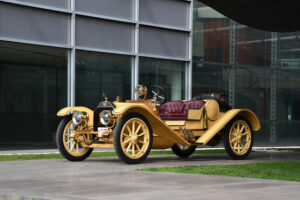
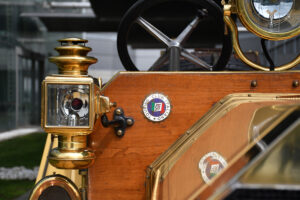
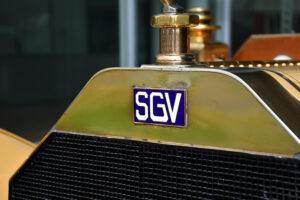
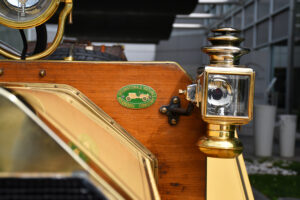
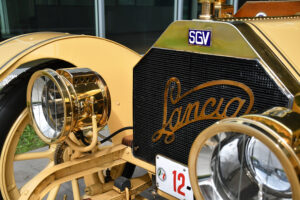
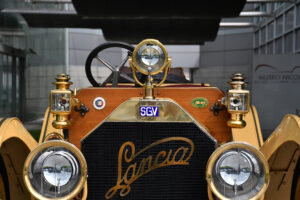
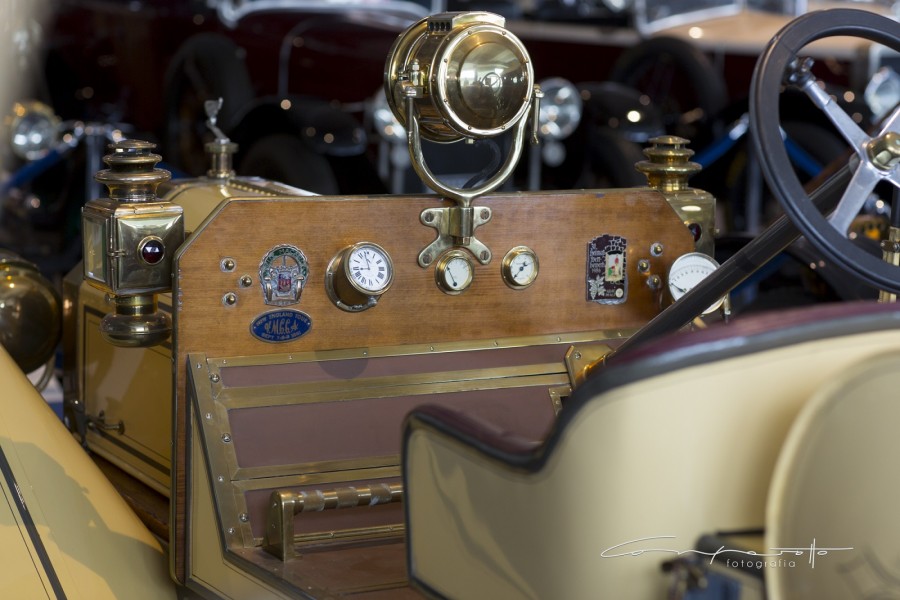
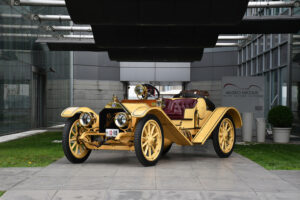
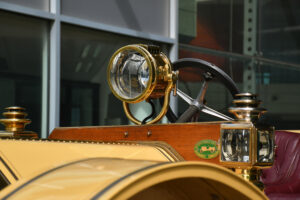
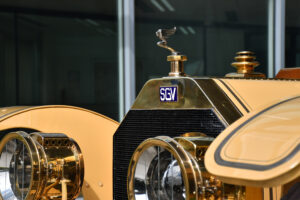
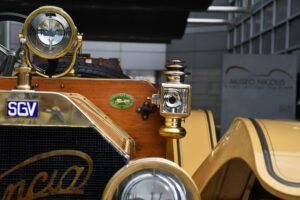
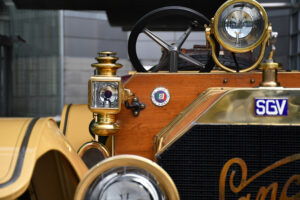
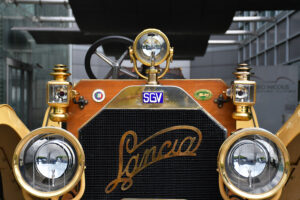
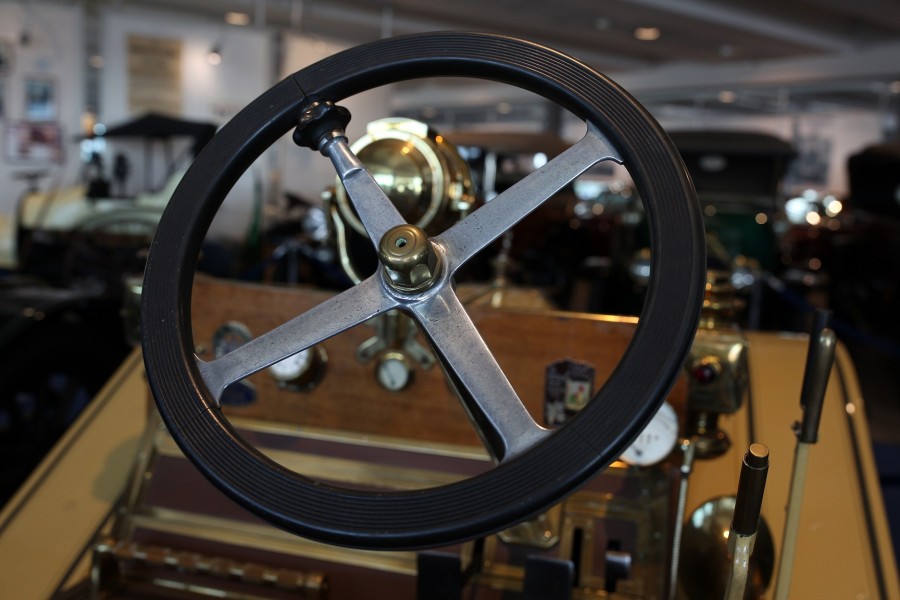
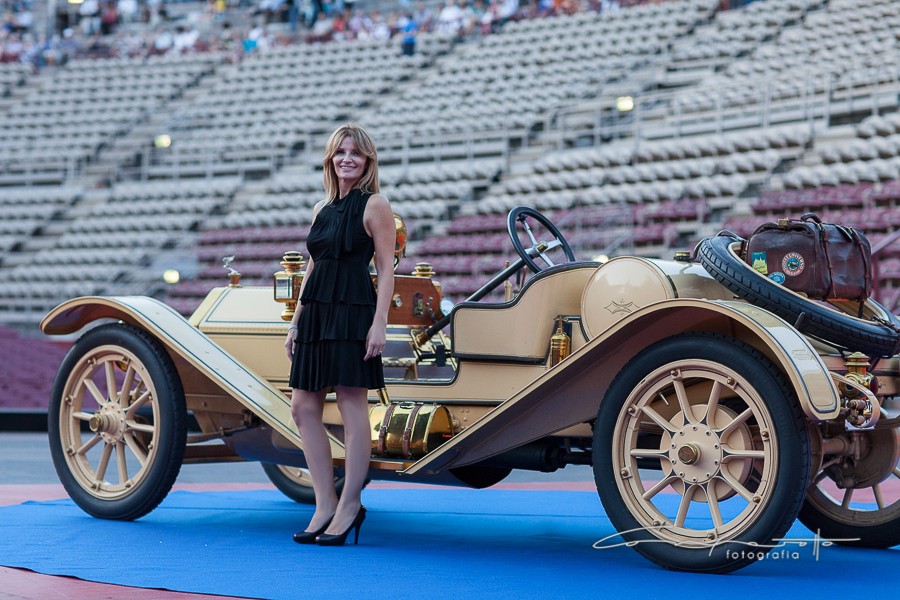
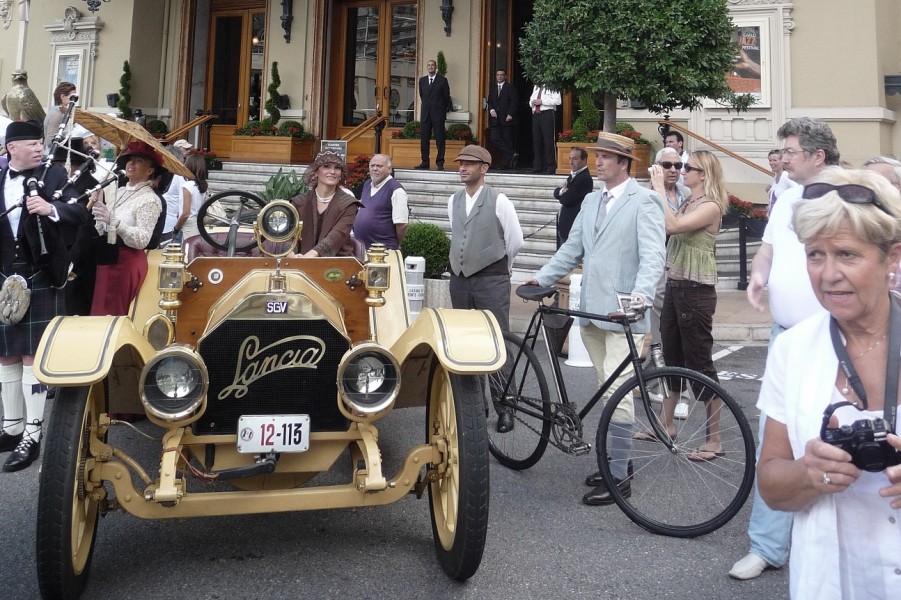
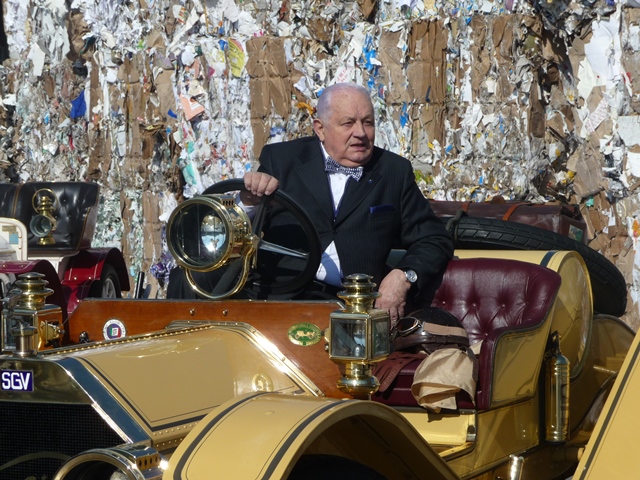
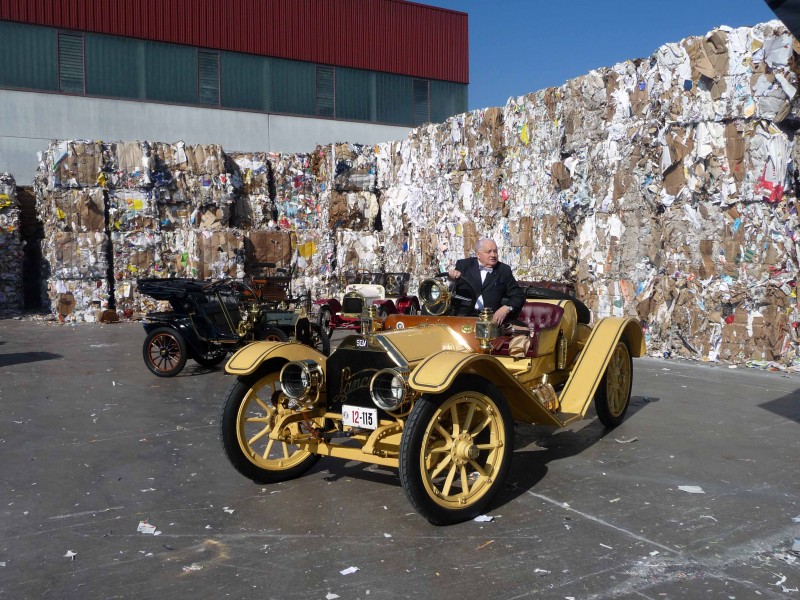
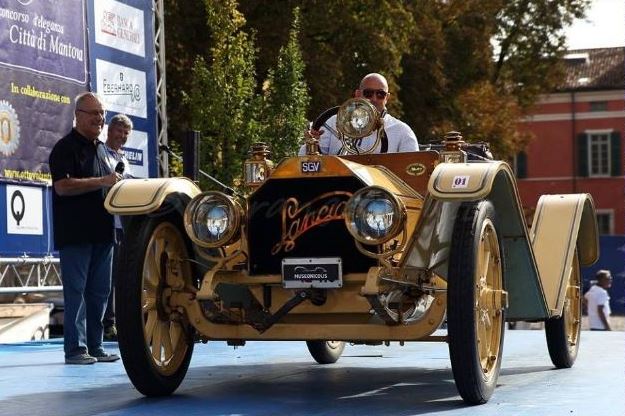
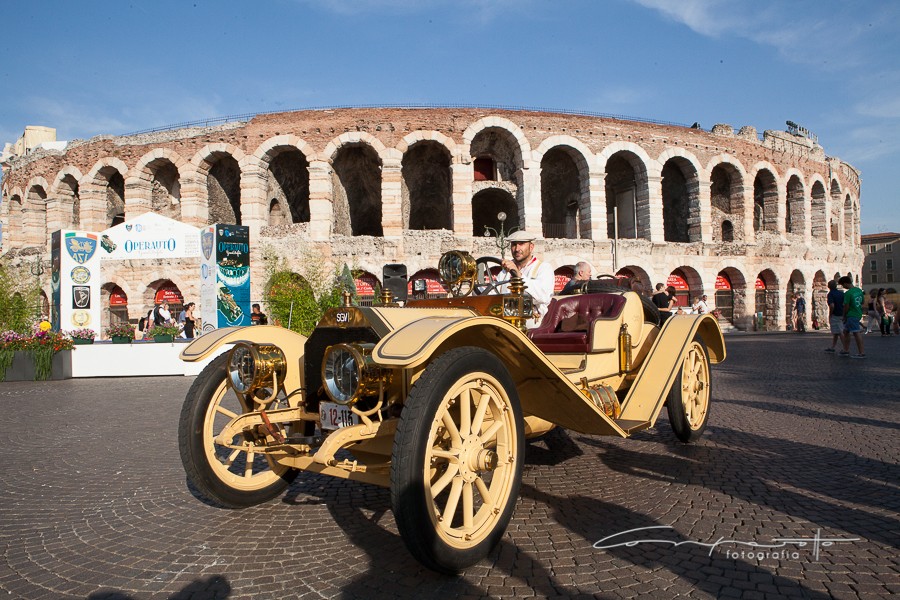
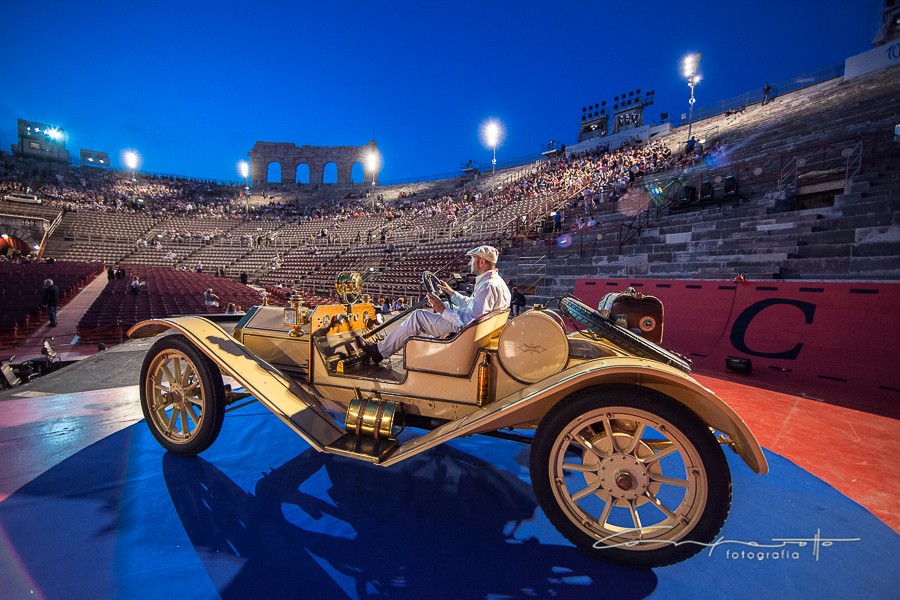
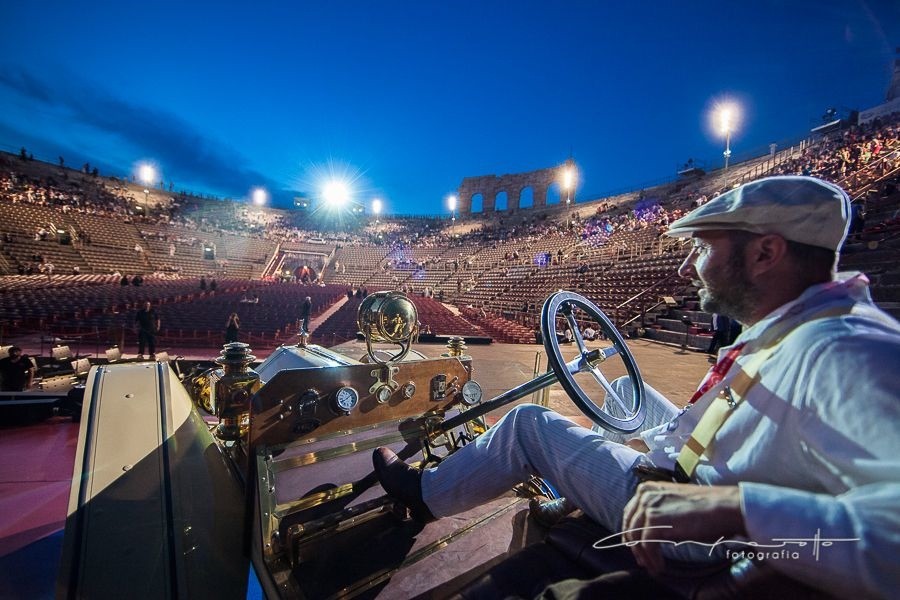
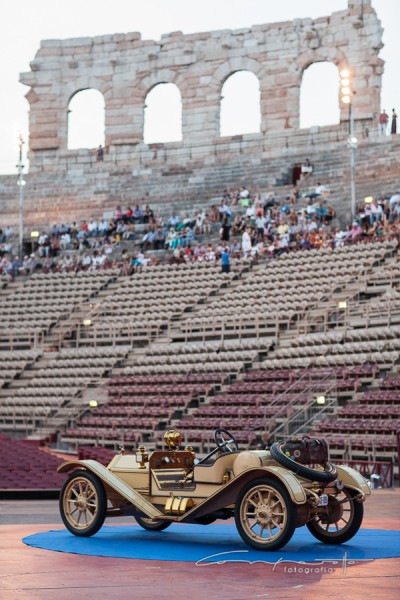
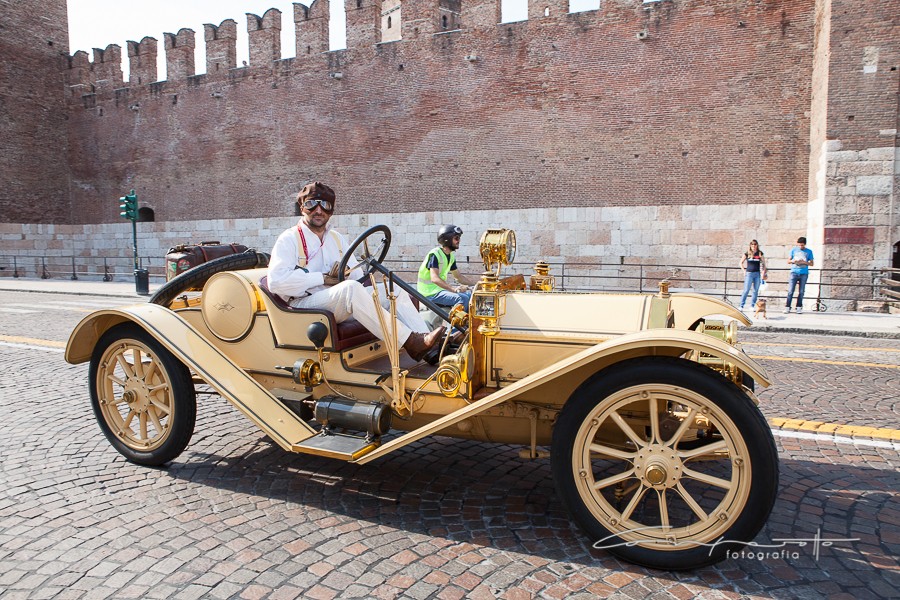
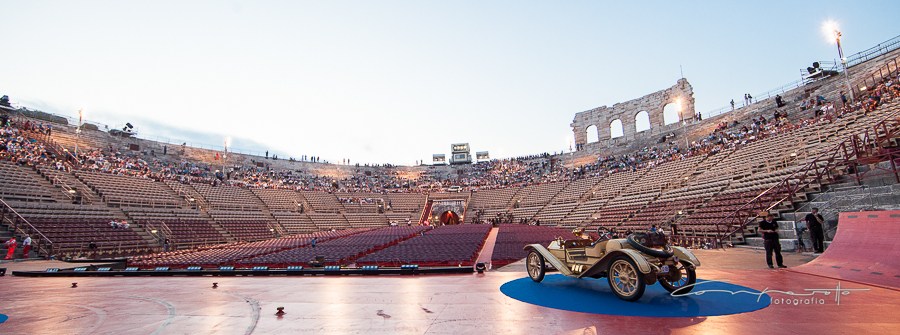
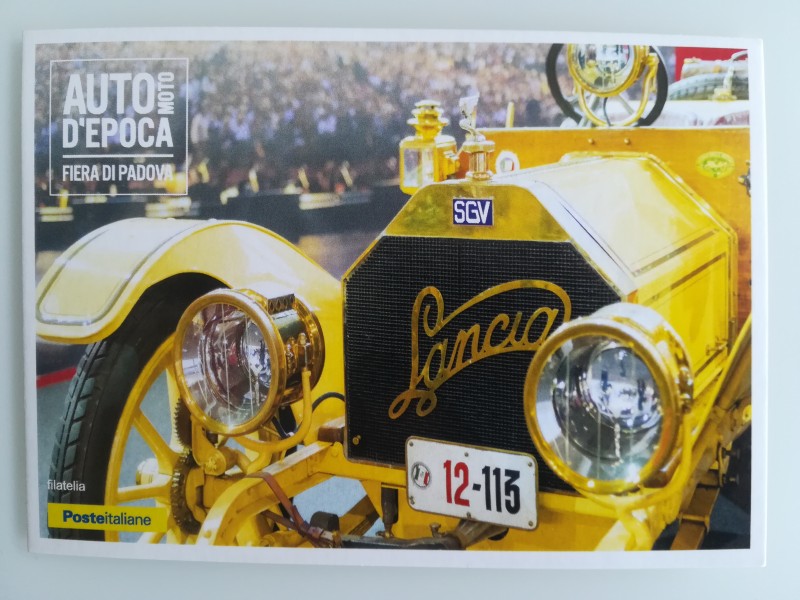
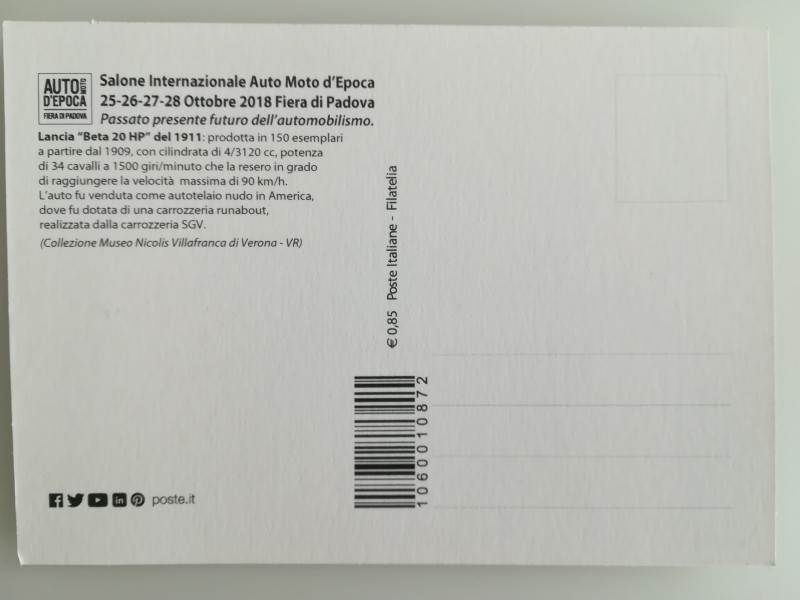







Audioguide